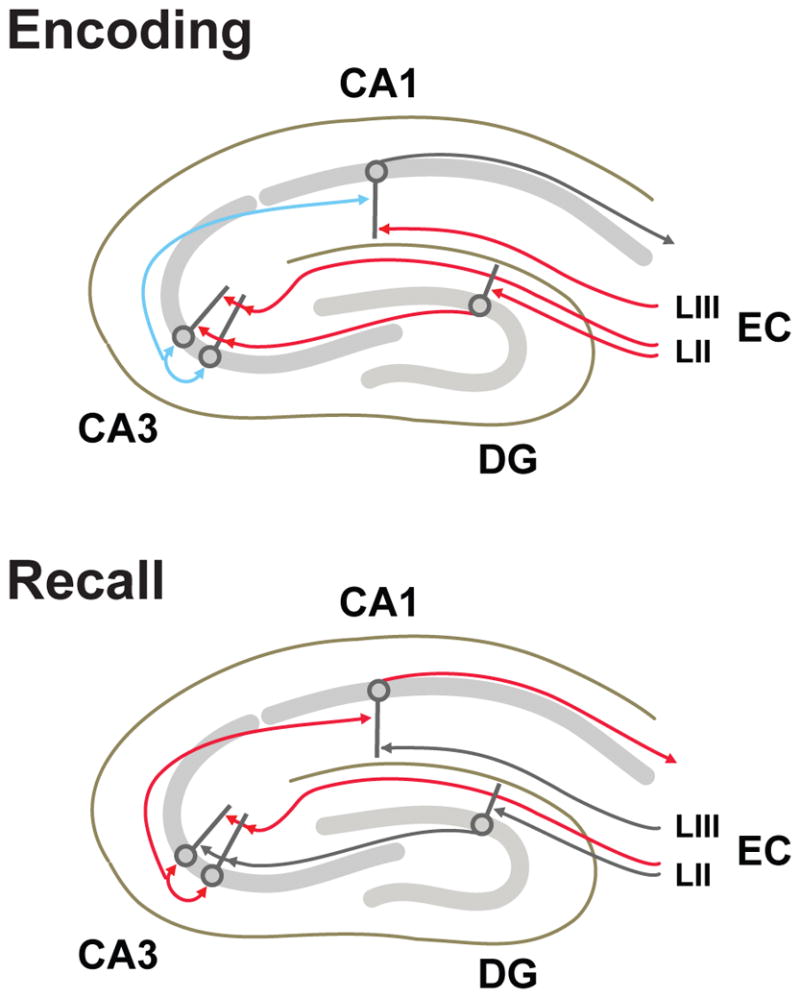Figure 1. Roles of hippocampal subfields, inputs, and connections.

Schematic diagram outlining the roles for specific input pathways and hippocampal subfields during memory encoding and recall phases considered here and by McClelland & Goddard (1996). Pathways with essential roles at each stage are indicated in red or blue, with blue indicating pathways in which synaptic plasticity occurs. Enconding: EC and DG inputs to produce a heavily decorrelated CA3 engram, which is stored through plasticity at recurrent connections. Plasticity at synapses between CA3 and CA1, modulated by direct EC inputs, associates the decorrelated CA3 engram with a more information-rich CA1 engram. Recall: EC layer II (LII) inputs to CA3 determine which engram will be reactivated by CA3 recurrent dynamics. The reactivated CA3 engram in turn activates the associated CA1 engram, which provides an informatin-rich hippocampal output representing the stored memory.
